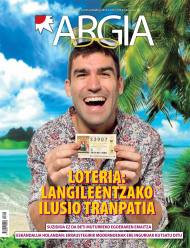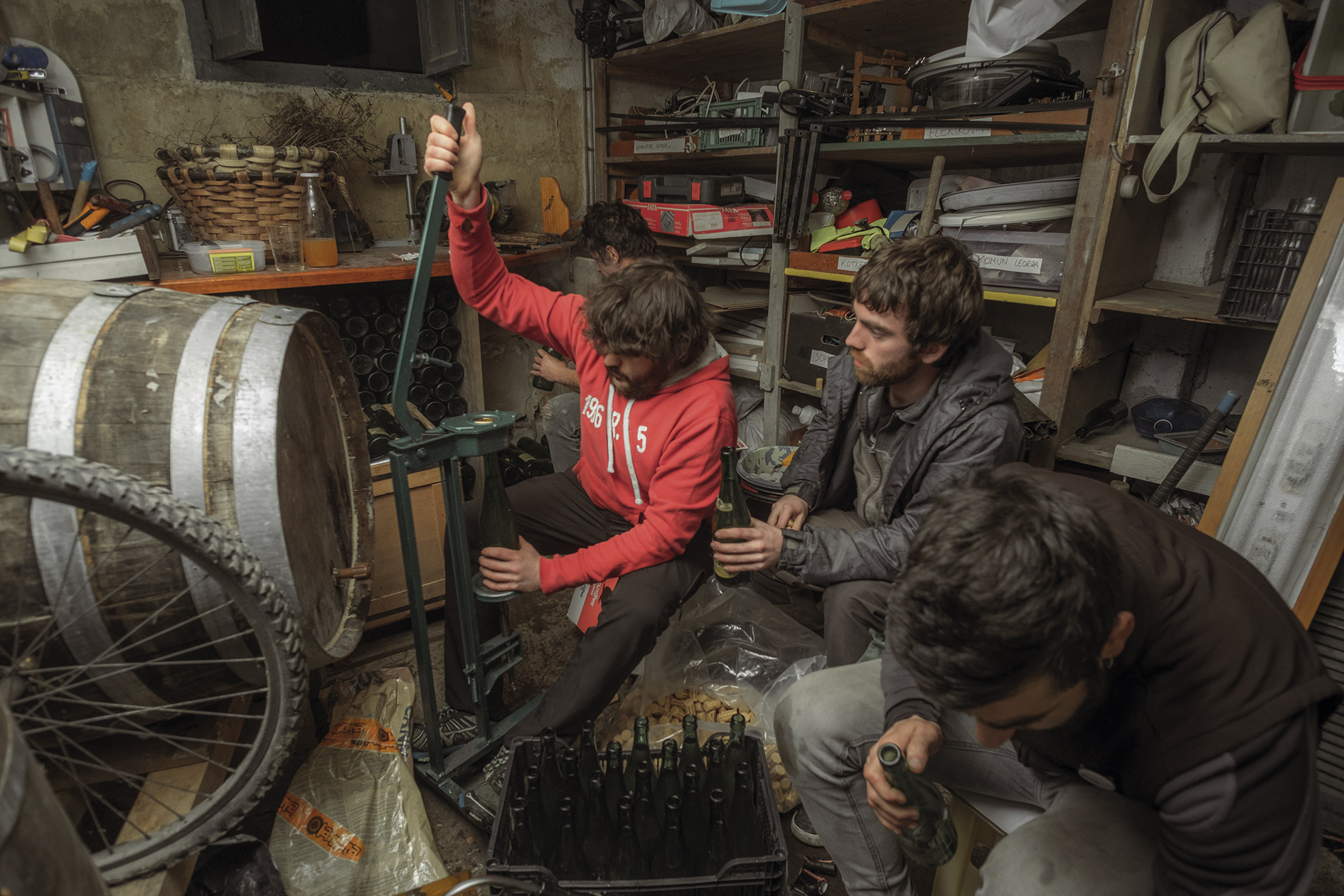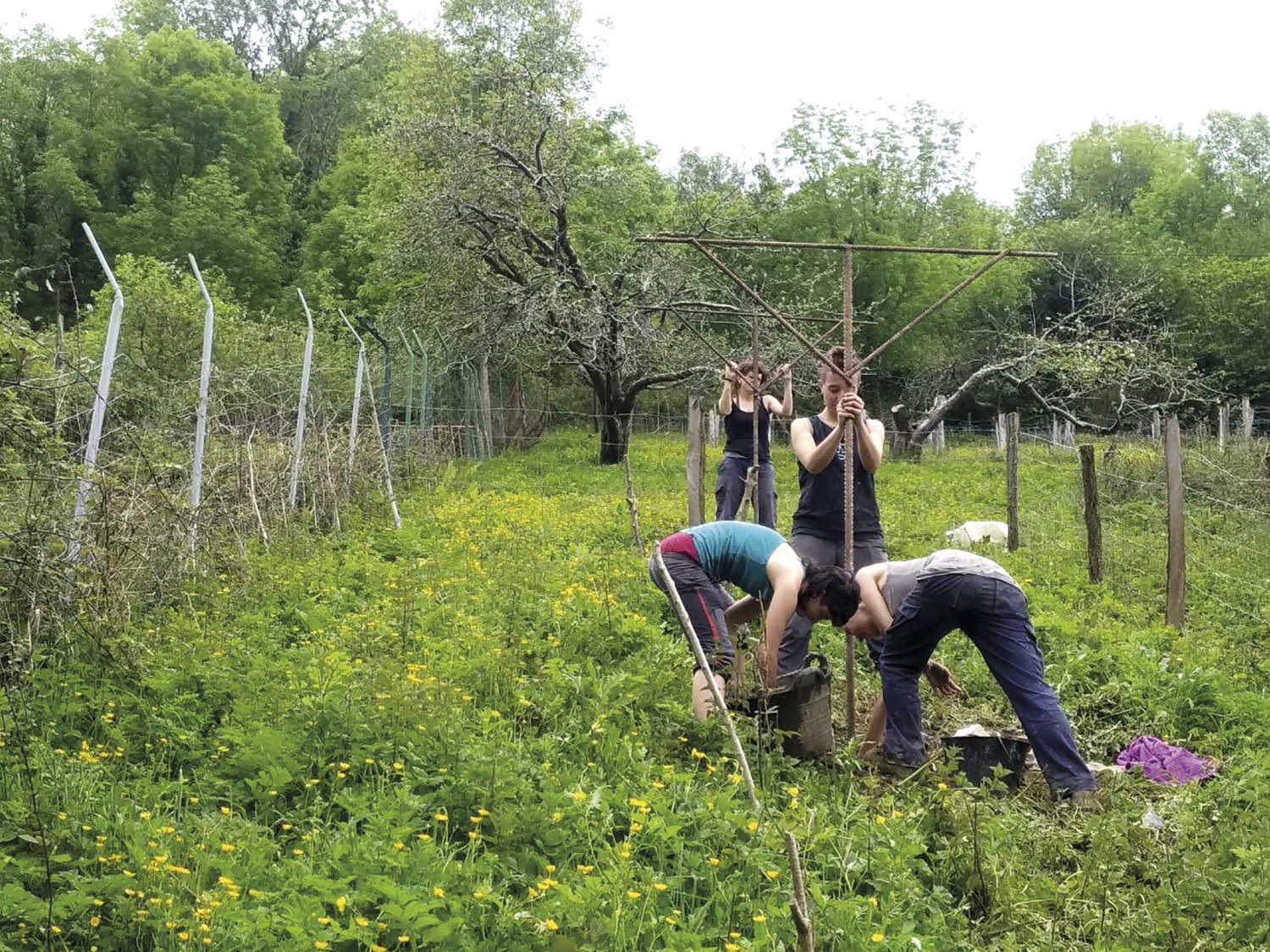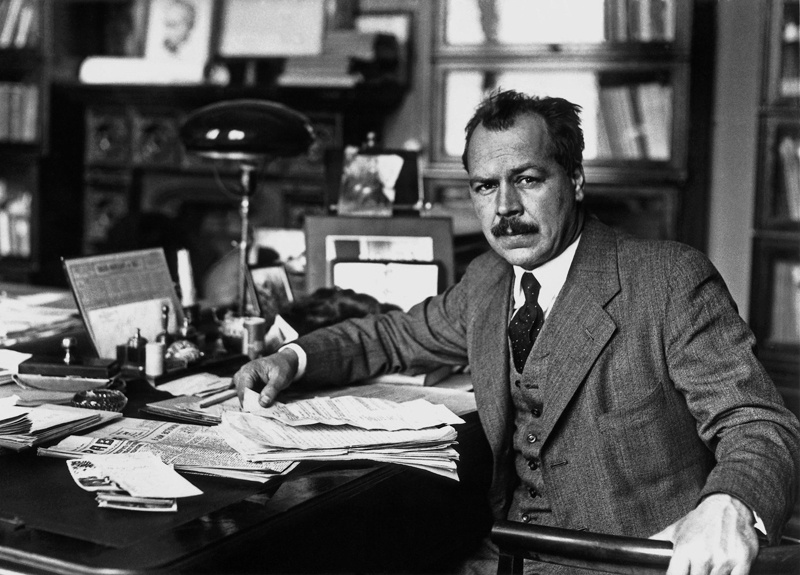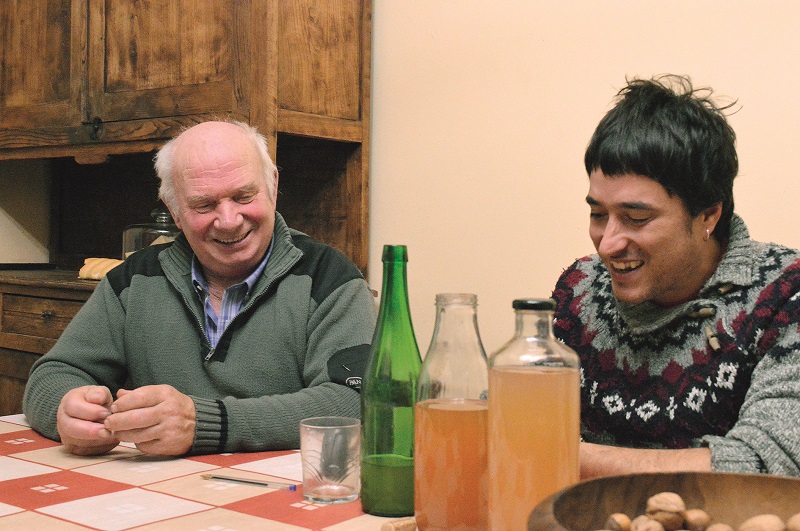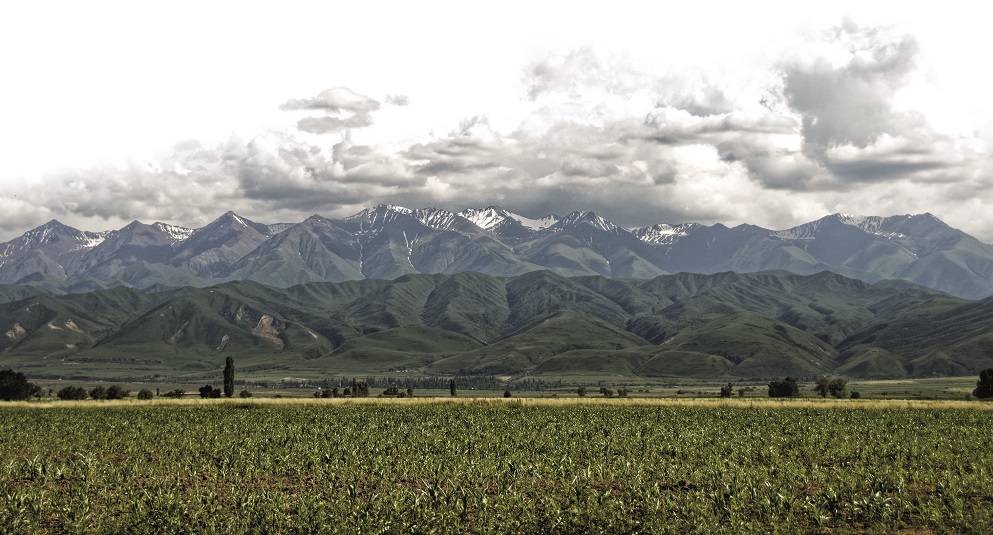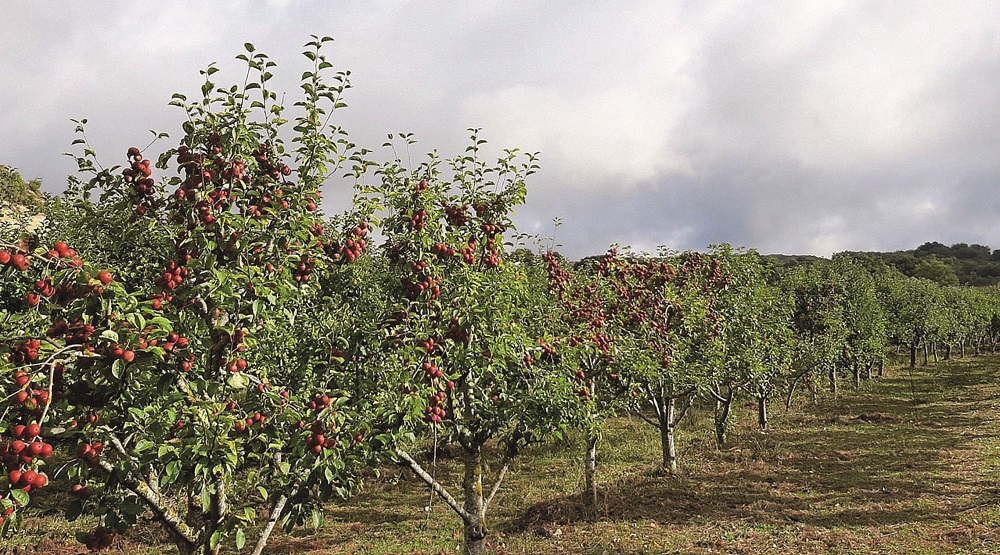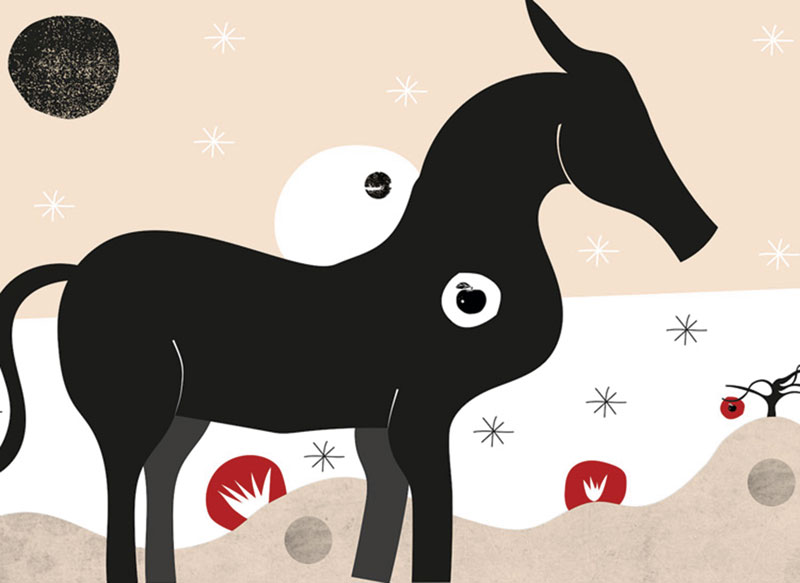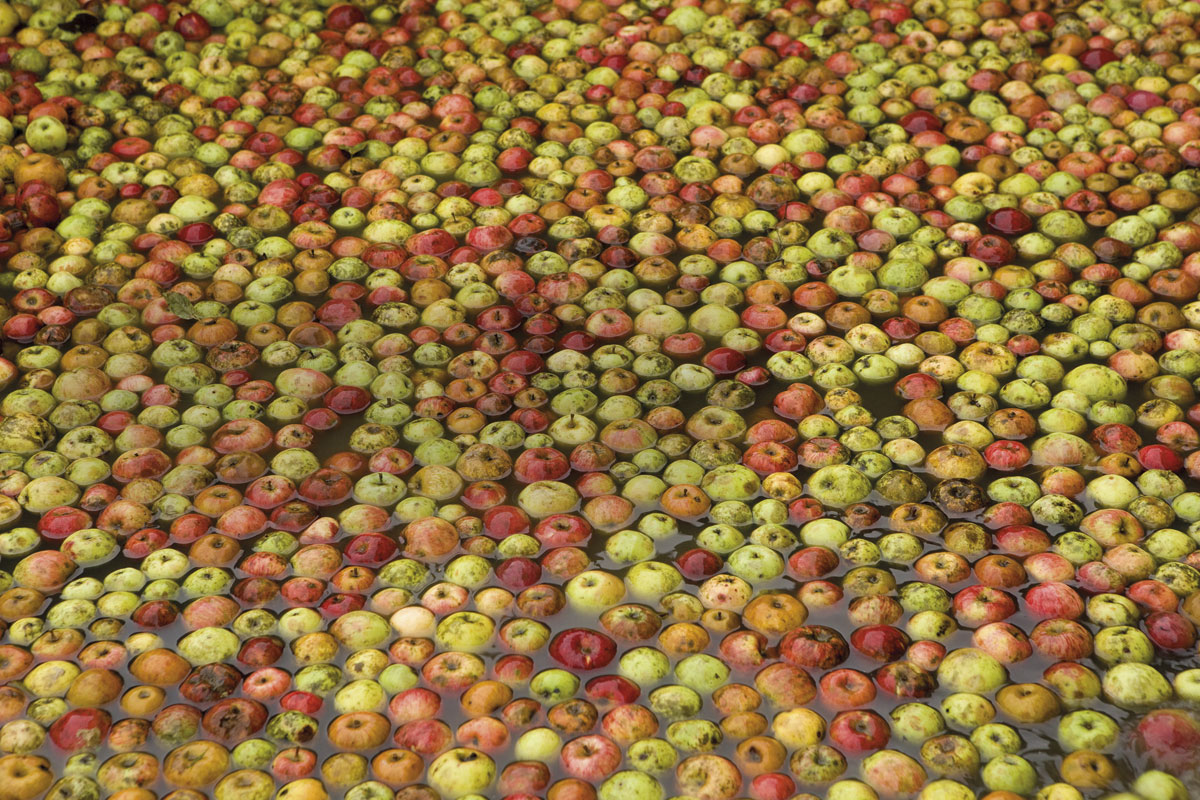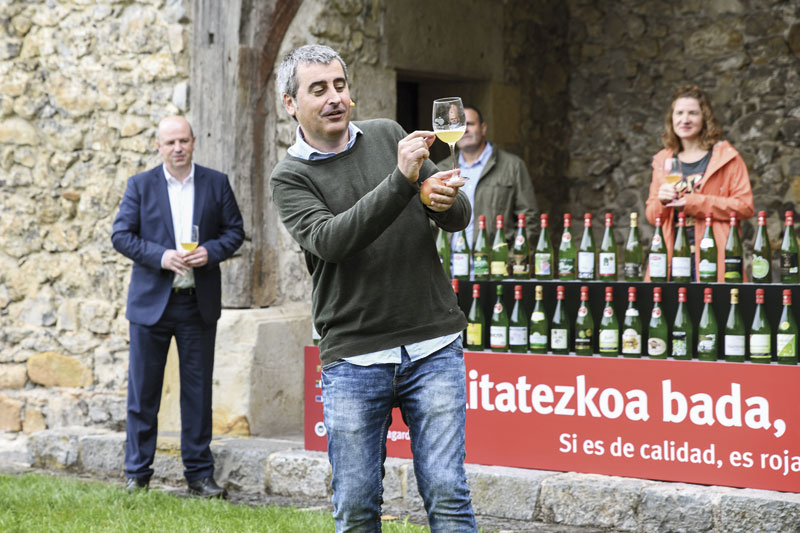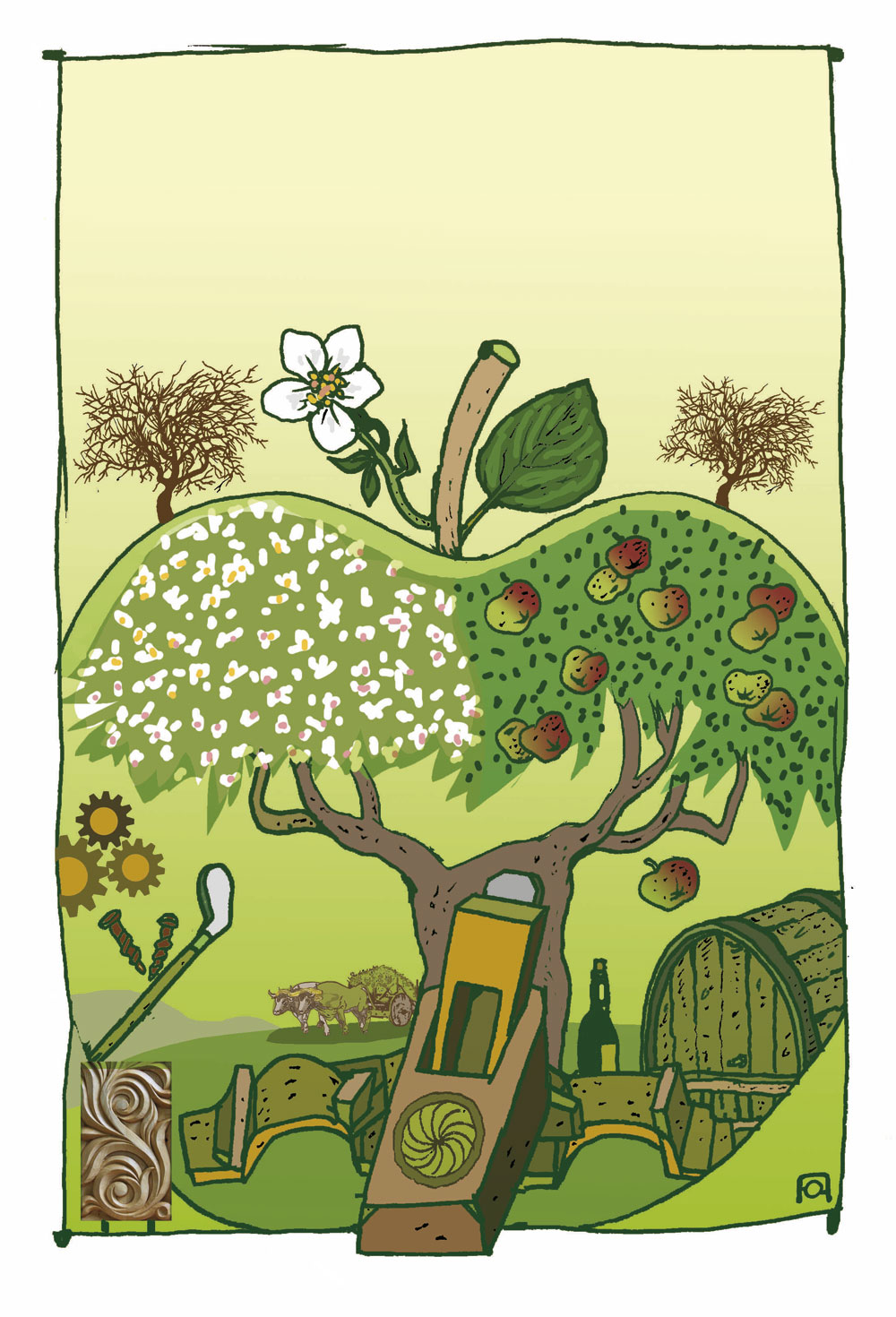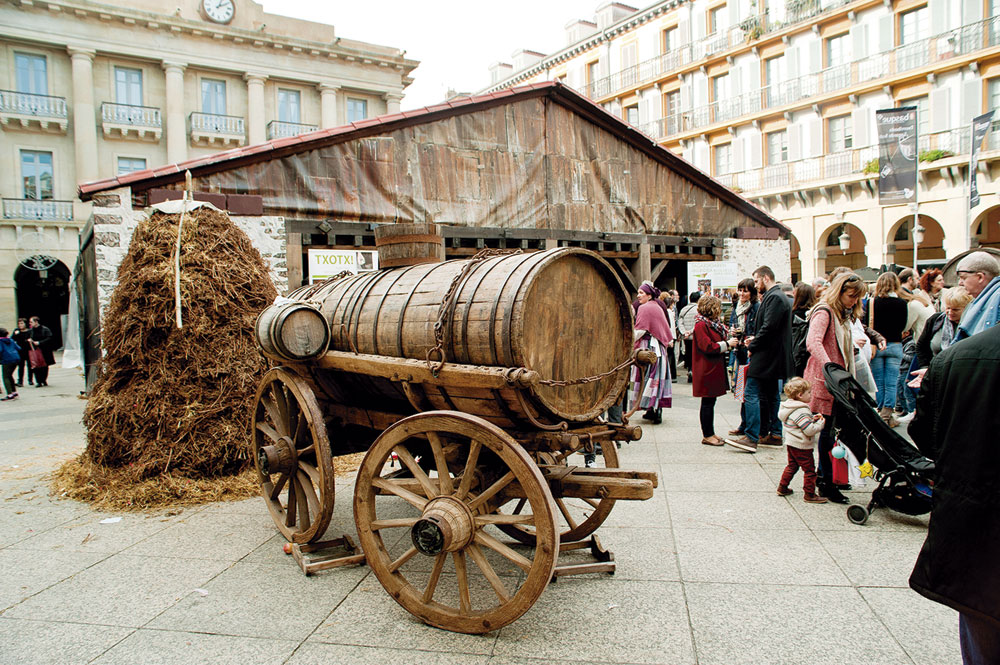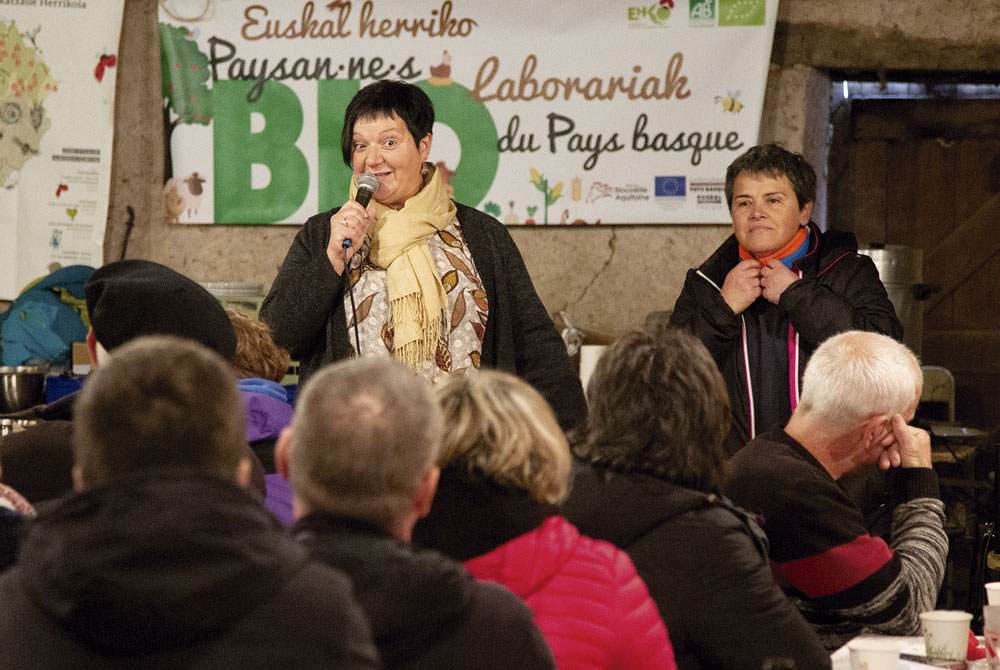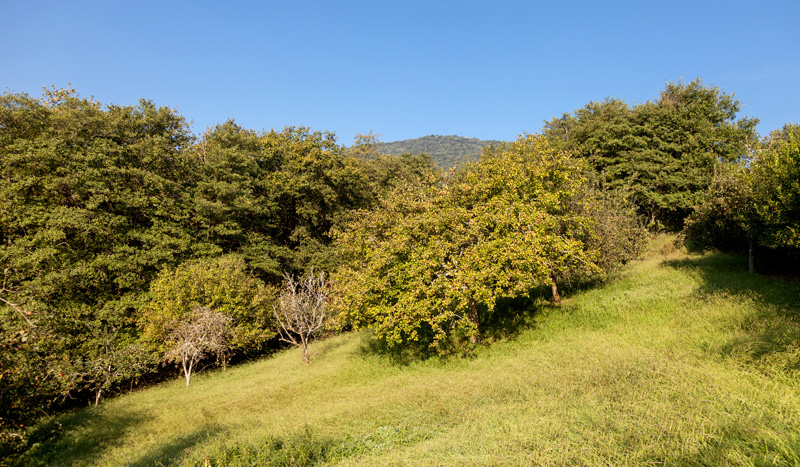Do we know what we drink?
- In bars and shops in the area we have at our disposal different types of cider of producers, but many consumers will not demand a certain one, but the first one they will offer us, or the one that most convinces us by the price, without being aware of the reality that each label represents, starting with the type of origin and production of the apple. Some producers are of the opinion that in order to give more value to the Bertoko, the characteristics of each juice should be explained more clearly.
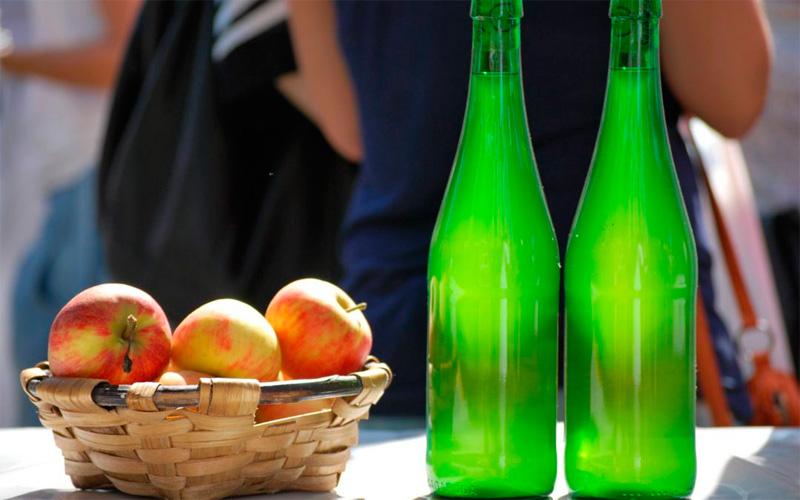
One of them is José Antonio Zamalloa, head of the Uxarte steelworks of Amorebieta-Etxano. They make cider with the grains of their chamomile and market it under the name “Euskal Sagardoa”, with the quality guarantee of their raw material juices. “Here we have a treasure,” he told us talking about the varieties of apples we have, but not properly cared for: “I think apple production and apples themselves have lost value. The apple produced in farmhouses should not be an economic raw material for industry. The grains of our chamomiles have great positive properties, and if we don’t put them in value, the caseroughs will also lose their value.” He says that the problem is general, although he acknowledges that the sector is less important in Bizkaia than in Gipuzkoa.
He explained that in the chamomiles of Euskal Herria, “high value” copies can be obtained both for the table and for the elaboration of the cider, among other things because they are stronger than in other places, and they have also been produced in an industrial way. The form of production is different in both cases, as well as the market price of each, in most cases to the detriment of producers working with local specimens. Cider using external apples is usually cheaper and Zamalloa says it is almost impossible to compete with them: “Priority must be given to the indigenous and clear things so that consumers value it and know what they are drinking.” The neighbour of Zornotza has told us that the institutions, if they give it a quality stamp, should only give the cider made with native apple: “Before, Labela, with her deficiencies, explained things clearly, but now… We say we have to consume what is here, but in the case of natural cider it is not easy to distinguish what is from here.”
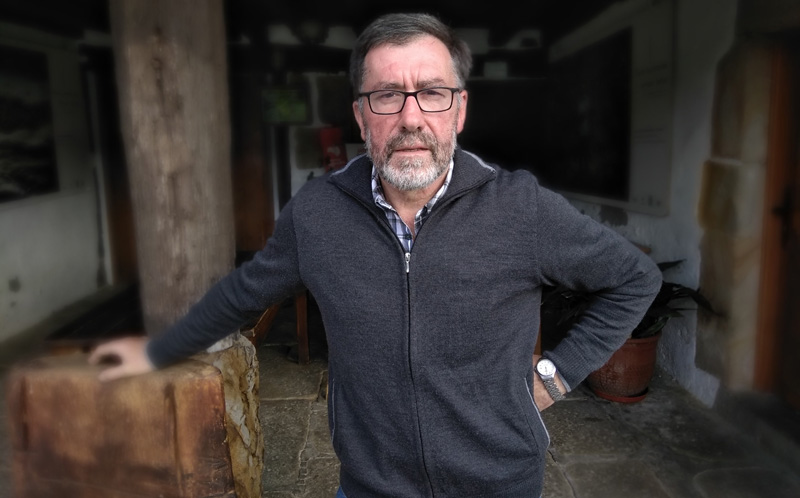
On the labels of the bottles of the Uxarte sidrería, it is written under the name “Cidra made with native apples”. Other producers have shown the variety of apples they have used: Moko, Txalaka, Goikoetxe, Urte... Zamalloa explained that, although it is a good idea, rather than a common strategy, each producer responds to its own intuition. It says that a more general strategy must be followed to make the local product known and to recognise its value. In this sense, it would be helpful to explain the distinctions of each cider, with which apples and how they have been prepared, along with other indications.
Fraisoro, “judge” of quality stamps
The main source for collecting all this possible information, Fraisoro would probably be the laboratory service of environment and agriculture, quality and innovation, based in Zizurkil. Managed by the Provincial Council of Gipuzkoa, it analyzes the ciders given by the “Euskal Sagardoa” entity to check if they deserve the quality seal in the process that certifies the HAZI Foundation: physical-chemical studies on the one hand and tasting analysis on the other. The laboratory performs the same process with ciders with “Gorenak” stamp. Although at first it was private, like the “Sidra Vasca” today this quality certification is also public, although we are talking about juice made with external apples. The bottles are characterized by their black txapela.
In 2017, the laboratory analyzed 7,000 cider samples, according to the chemistry Agurtzane Andueza. Through physico-chemical analyses, they measure fermentation, acidity and other parameters; and in the tasting, they see and smell cider, and measure balance and body. Asked whether this phase, that of sensory analysis, is not subjective, Andueza answered no, because the catadores have received a very rigorous training so that their conclusions fit the parameters of the tasting panel. “Another issue is knowing what she likes most, sweet, bitter, or bitter, but that cannot condition the assessment of the catadores.”
Unlike wine (grapes), there are dozens of varieties of apples – 115 varieties have been approved in the legislation of the name of Euskal Sagardoa – very salty (such as chalacas, which will give cider of light colors), bitter (such as mold, which will become darkness) and, among them, a lot more. “The catcher cannot say that one is better than the other, although he likes it more in terms of taste; everyone is valued and accepted the same, at least if they meet the quality parameters,” explains Andueza.
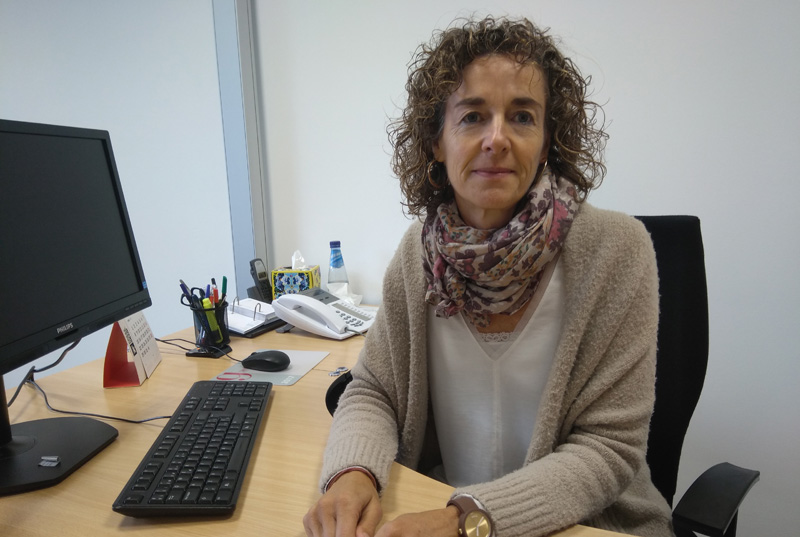
Just over a year ago, Fraisoro took the necessary steps to make microbiological testing possible, but the project has not prospered because of the high cost and complexity involved in genetic testing. “My dream is to be able to do genetic analysis of cider, txakoli, etc. We would know, for example, what type of apple (origin…) and how much each cider is made.” To date, although it is not possible to carry out this type of exhaustive analysis, he explained that producers cannot make “traps”, for example, by presenting external apples as if they were autochthonous, since the chamomiles that control the designations of origin “Euskal Sagardoa” must be approved.
In the case of the seal “Euskal Sagardoa”, the same entity presided over by Unai Agirre, brings the bottles of the producers, without labels, to the laboratory. The laboratory is unaware of the identity of this cider, whose results after the analyses are sent directly to the entity, who will decide if the red txapela deserves to be based on internal standards. In the case of the brands “Gorenak”, on the contrary, the syros get the result; they know that from a score they can put a black txapela.
In Andueza's words, not all producers who come to the laboratory are waiting for a quality seal, but for a more in-depth understanding of the characteristics of their product. Blacksmiths have oenologists at their service, but the laboratory can offer deeper information, and new generations are becoming more and more aware of the value of these studies, as the chemical explains: “Since we started doing analysis, the quality of cider has improved a lot. Producers want to get the highest possible score.”









